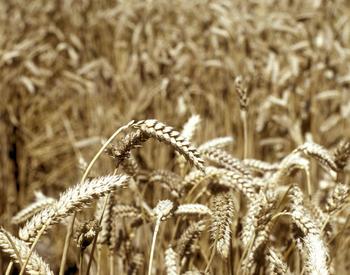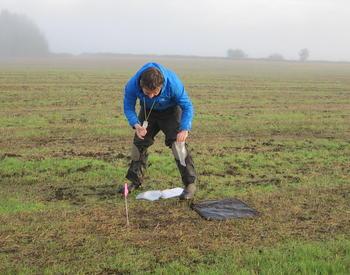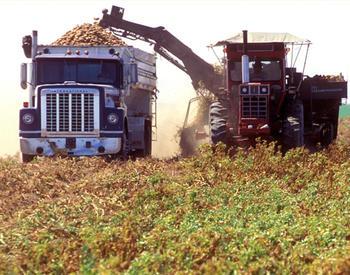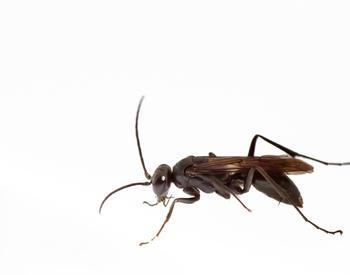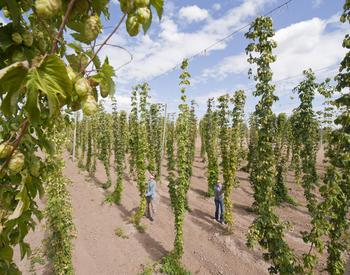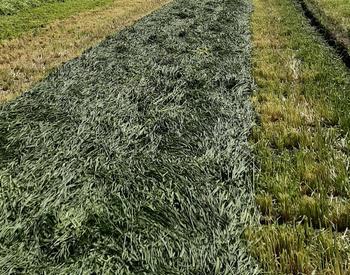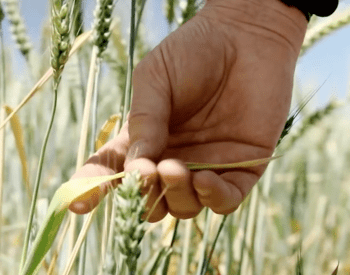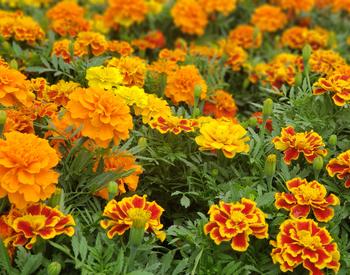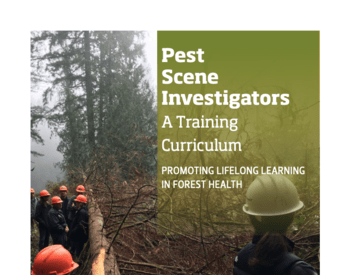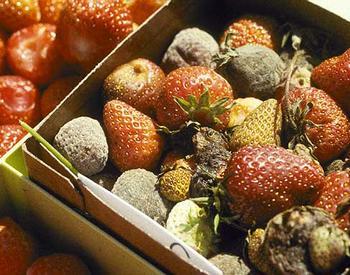Transcript
Hi.
My name is Silvia Rondon, extension entomologist
specialist.
And today, we'll be talking about monitoring diseases
and vectors in the field.
Diseases can cause yield losses and nutrition and quality loss.
Vectors
Vectors are organisms that transmit pathogens
that can cause diseases.
Here, in the Pacific Northwest, a couple of examples.
Here we have the potato psyllid that transmits a bacteria that
causes zebra chip disease.
And in other crops, like onions, we
have thrips that can transmit iris yellow spot virus.
Scouting
Heavy pest pressure can cause plants
to lose their leaves or fruits or reduce
a plant's overall quality.
Heavy pest pressure can also stunt plants' growth
and/or kill them.
Since different problems in the field
occur under different environmental conditions,
it's important to scout for diseases and vectors
throughout the entire season.
Do field scouting by walking through a field
and observing a number of locations.
Do regular field examinations to help identify problems
during the growing season.
Begin every cropping season by recording
important information, such as soil fertility and crop inputs.
Keep track of all your observations
using a field recorder form.
Recognizing diseases and vectors early
will help you control them and minimize economic loss
on a crop.
To scout the field, you will need the following tools--
a clipboard, field scouting forms, field pocket guides,
field maps or a GPS, a shovel, a pocket knife, paper backs,
a 15X hand lens, a camera or cell phone, a sweep net, vials,
and alcohol.
Tips
When you are field scouting, look
carefully for areas of stunted, yellow, wilted, scorched,
or dead plants.
If a problem cannot be identified in the field,
dig up several plants with some surrounding soil and submit
them to a diagnostic lab.
Every laboratory has a set of guidelines for packing
and sending plant material.
So be sure to review the guidelines
before you submit samples.
In some cases, you might need a permit to submit samples.
In general, avoid moving diseased materials
to clean fields.
And clean all plant materials from harvest equipment.
Correct identifications of diseases and vectors
can help reduce risk to crops in the future.
Diseases can reduce the yield and nutritional quality of crops. Vectors are organisms that transmit pathogens that cause diseases and can also threaten crops. Some important vectors of plant pathogens in the Pacific Northwest include the potato psyllid that vectors the bacteria that causes Zebra Chip disease in potatoes and onion thrips that vector Iris yellow spot virus in onions.
Catalog - EM 9118
